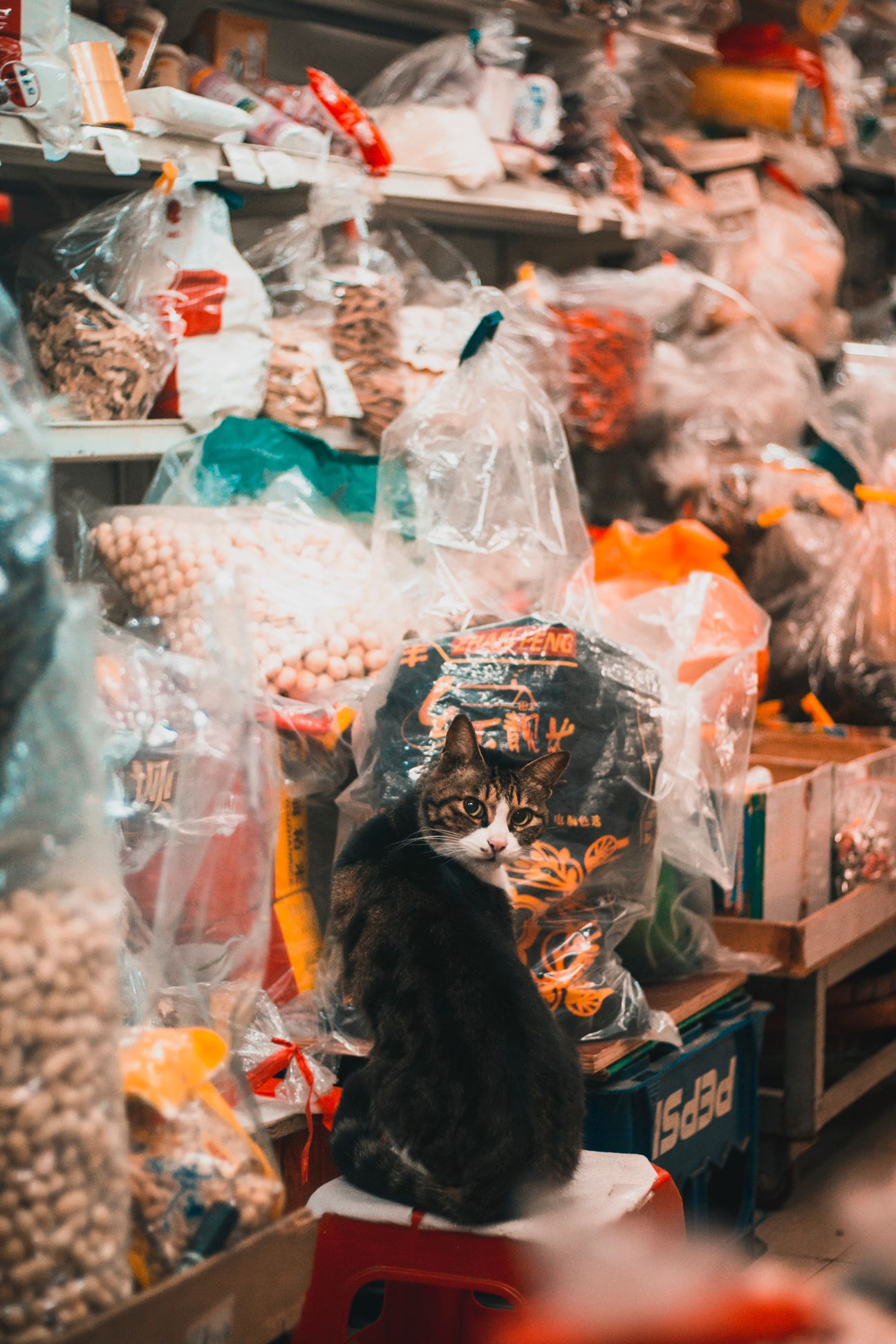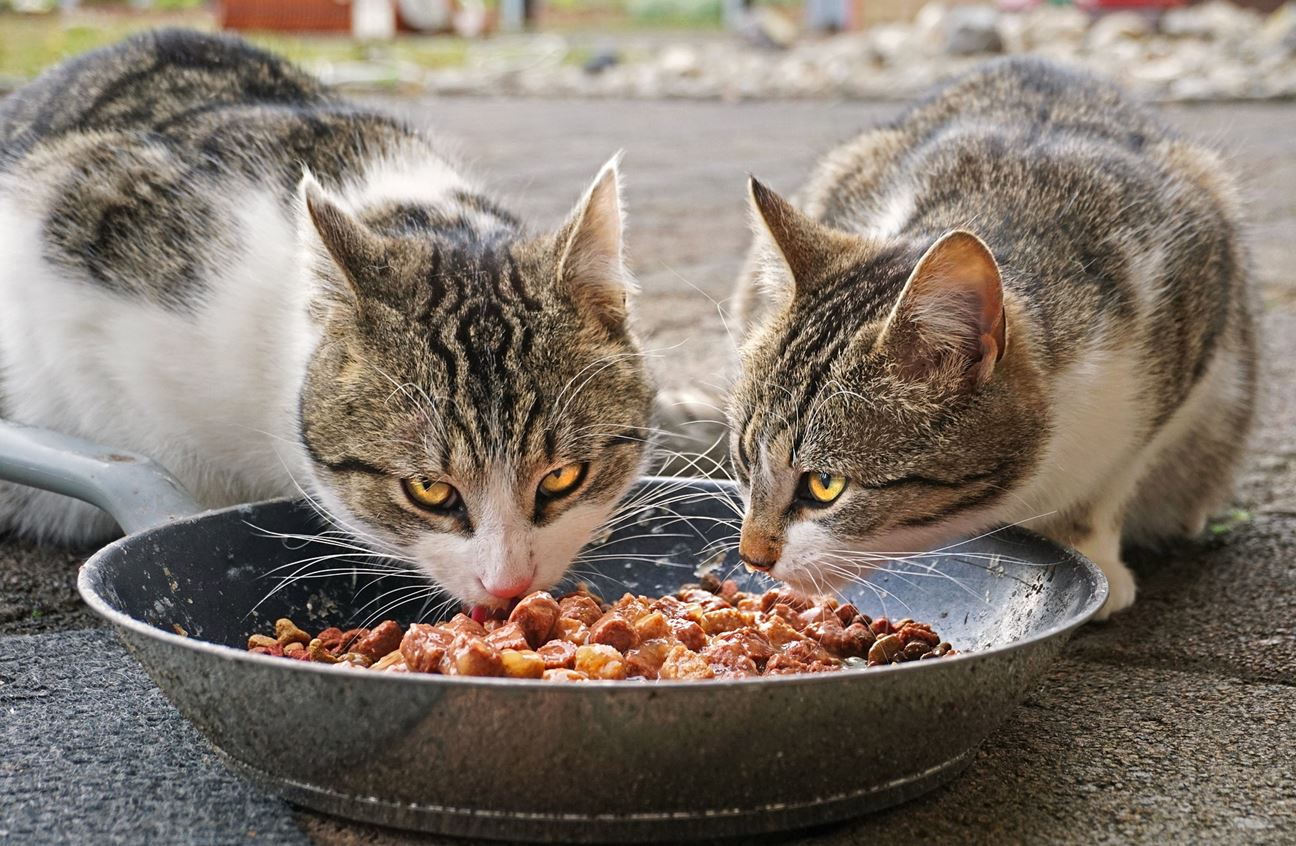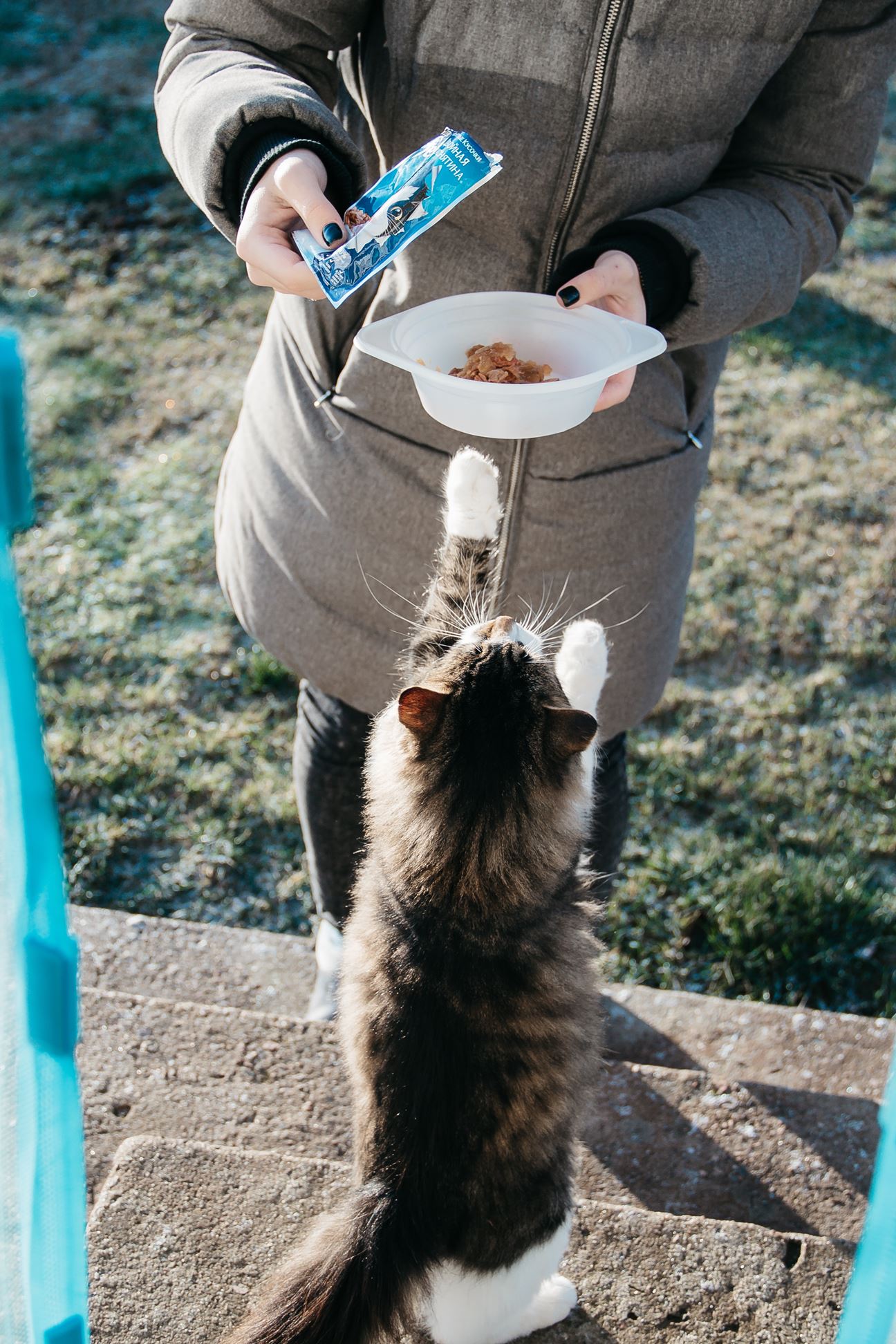We want to make sure that our feline friends are well cared for. When it comes to cat food, let’s see what’s the consensus on wet v/s dry food and perhaps some more, if at all!
Cat parents on the internet seem to be divided when it comes to the debate of wet v/s dry cat food. Here, we explore some of the good and the bad of each type of cat food.
Modern-day domesticated cats made it out of the deserts - on to the trees! They are known to have descended from the Middle Eastern wildcats. And for this reason, their instinctual behaviour dictated that they get their water from the prey (food). They are obligate meat-eaters and get their hydration from meat. Drinking water doesn’t come naturally to the cat.

Cat nutritional requirements -
Whether you choose wet, dry, or a mix of both, here are the five essential nutrients that your cat needs -
- Water - Like every living being on the planet, cats need fresh water available at all times. Ensure that the water that your cat drinks is free of additives like fluorides.
- Protein - Most adult cats need 30-40% protein in their daily diet. The cat’s body absorbs amino acids found in proteins that are responsible for building a healthy immune system in cats as well as their growth and development.
- Fats - Omega-3 and Omega-6 fatty acids keep your cat active and healthy. In fact, these fats are utilised by your cat’s body even before proteins and carbohydrates and provide them with energy.
- Vitamins - Vitamins are essential for normal growth and metabolism regulation of your feline. These vitamins are both fat-soluble and water-soluble.
- Minerals - Minerals help cats in maintaining a pH balance, enzyme formation, transportation of oxygen throughout the body, and nutrient utilization. Some minerals that should be included in cat food are - calcium, iron, magnesium, and zinc among others.
Now that we have seen what your cats need, here is a comparison between wet cat food and dry cat food!
The Good & the Bad of Wet Cat Food -
Canned wet cat food contains close to 75% moisture! And this makes it generally beneficial to your cat’s health. Let us look at its pros and cons.

The good -
Giving wet food to your cat is a sure way to know that your cat’s water requirements are met.
Variety of textures - Food comes in various forms and consistencies like pâté (completely uniform), minced (finely chopped meat pieces + thin gravy), gravies (meat chopped in variable shapes + thick gravy), morsels (meat chopped in cubes + light gravy), flaked (meat chopped in julienne + fish broth), and many more.
Wet food is usually made from animal-based protein and has a better amino acid profile and is low in carbohydrates.
The food's strong flavour and tempting aroma are effective in attracting a fussy eater.
These foods are highly digestible due to their water content.
Good for older cats and the ones with chewing problems.
The bad -
Wet cat food ideally needs to be refrigerated and has a shorter shelf life. Cold food can cause teeth sensitivity issues.
The thick gravies can cause a tartar and plaque accumulation if the cat does not drink adequate water.
More pricey compared to the dry cat food.
The Good & the Bad of Dry Cat Food -

Dry cat food seems to dominate the cat food market, but is it as beneficial to your cat’s health as the wet food? Let us find out!
The good -
The lack of moisture content in the food ensures a longer shelf life.
This food can be stored in an air-tight container in large quantities.
Dry food can be left in the bowl for longer times without going bad.
The many flavours, textures, and shapes of the cat dry food make sure there is an enough variety for the cat.
Munching on dry food can help exercise your cat’s dental muscles.
Can be used with food dispensers, thus ensuring a consistent supply of pet food for your cat.
The bad -
The food only contains close to 10% moisture. That's way to less for a cat's daily requirement.
Smaller percentages of meat-based protein and higher content of carbohydrates.
Cats tend to overeat if the food is left out in the bowl, which can lead to an upset stomach or even weight gain.
Which Should You Feed Your Cat?
Some factors to consider while deciding the food for your cat is the cat’s overall health, metabolism, activity levels, age and budget. But don't be surprised, even if after all the research, your cat rejects to eat the food. It largely depends on the food preferences of your cats. But if you do decide to give your cat dry food, make sure you leave bowls of freshwater all over the house as a way to encourage your cat to drink more water.
You can also give home-cooked food a try. Mix together some protein, carbohydrates and fibre to make a perfect meal that is free of additives. Freshly cooked food can work but make sure you consult with the veterinarian-nutritionist.
Our cat friends only have an average of 470 taste buds — unlike humans, who have 10,000. And for this reason, the texture of the food is one of the most important factors to consider when feeding your cat. So, I think, the answer to the wet cat food v/s dry cat food question is BOTH. Combining wet and dry food seems to be a smart way to go!